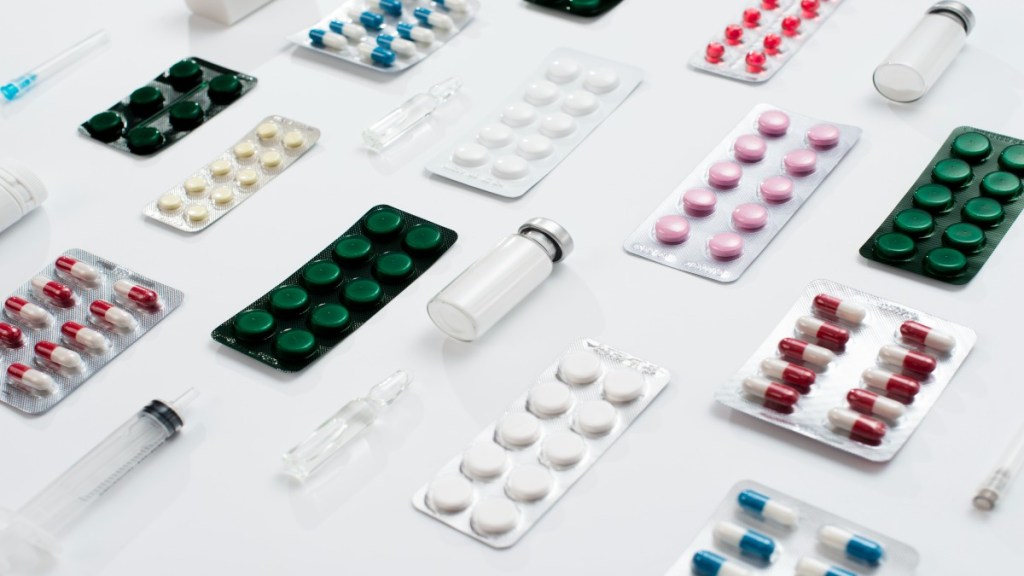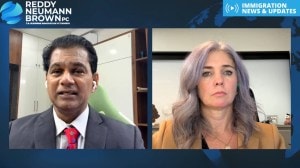The Indian pharma sector is flexing its muscles. In the last 12 months, the NSE Pharma has returned 50%, comfortably beating the Nifty that went up by 31%, while also returning an average 19% over the last three years, compared with Nifty’s 15%. This is a sharp reversal from the sector’s underperformance in four out of the previous five years.
Blocks which were built and added over the decade are finally falling into place for the sector. It is focused on two markets – a $24-bn branded generics domestic bazaar and a $28-bn formulations and API exports. The domestic market is dominated by Indian companies with the top-10 holding a 44% share.
Rising non-communicable diseases due to lifestyle changes and increasing income levels that improve affordability and competitive pricing – average price hike is 5-7% – should ensure that a 8-10% annual growth rate will continue for the foreseeable future. Pharma companies have added sales force, expanded doctor reach, ventured into trade generics and collaborated with multinational corporations.
India’s $28-bn exports grew 10% last year and 8% in the last six years. India has the highest number of FDA-compliant plants outside the US, nearly 1,400 WHO-GMP and 253 European Directorate of Quality Medicines-approved plants with modern state-of-the-art technology. It is not for nothing that India is called the pharmacy of the world. With the healthcare burden in developed countries straining systems and cramping access, India presents a perfect partner of choice for those seeking quality medicine and intervention at affordable rates.
Indian companies have steadily added capacity as well as capability – rolling out a stream of complex and biological products. India’s pharma prowess is buttressed by its abundance of skilled manpower, low labour costs, friendly government policies – SEZ, pharma parks, PLI – uninterrupted electricity and commitment to global ESG best practices.
While Indian companies have stolen a march in generic manufacturing, a lot more needs to be done on the R&D front so that India can move from being a follower to a leader.
What could derail this story? Factors like compliance failures, increase in raw material costs and price competition in developed markets could hurt profitability and eventually supplies of critical drugs, leading to sector de-rating. The NSE Pharma is trading at 47% premium to Nifty, which is higher than the 10-year average of 31%, but lower than the 50-90% premium seen during 2014-15.
Given the sharp run-up in pharma stocks, domestic branded market offers a viable investment option: the perfect defensive play with huge untapped potential, inelastic demand, lower regulatory requirements and cost arbitrage vs global peers. It is prudent to be invested in a sector that has so many natural advantages!
(The author is CIO, Aditya Birla Sun Life AMC)








